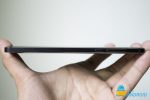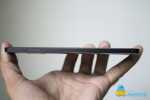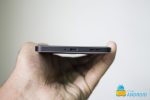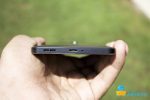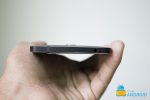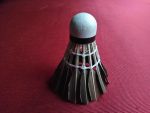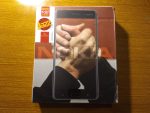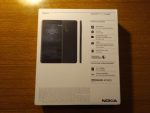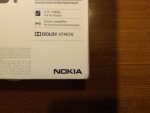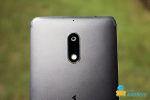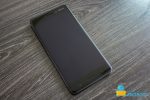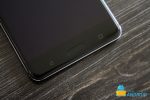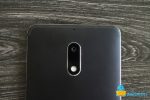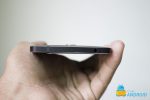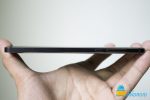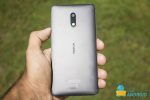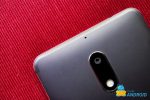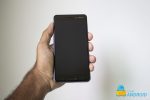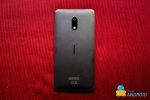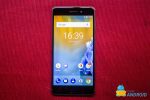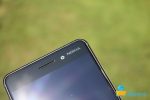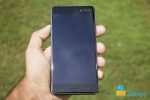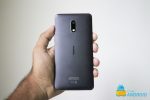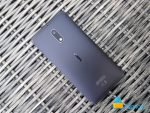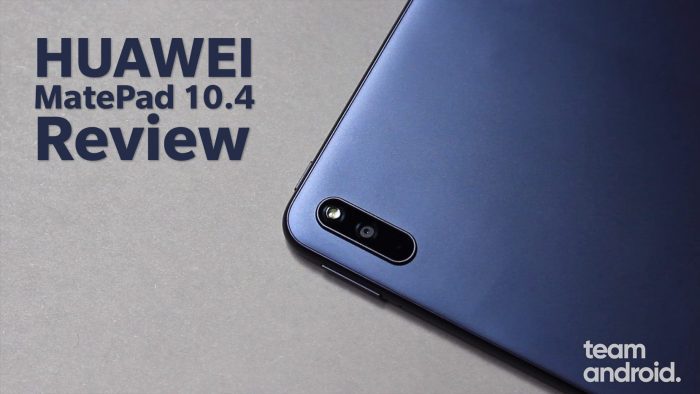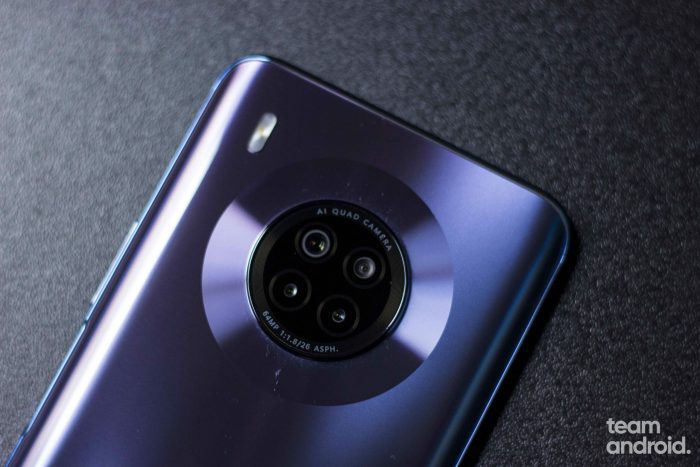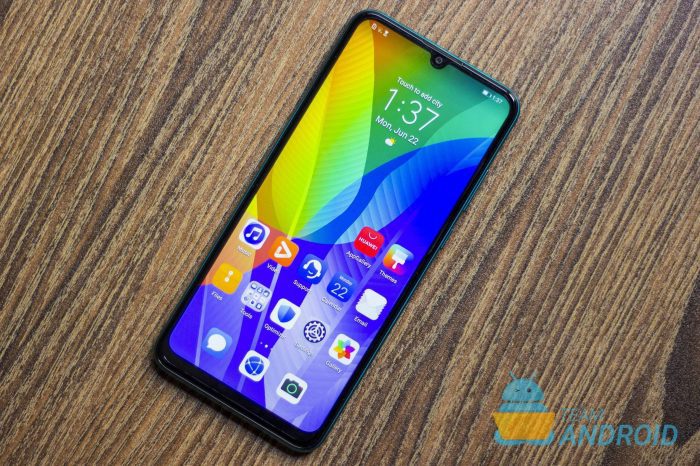Nokia’s immediate 2017 Android smartphone lineup consists of three budget focused phones, the most expensive yet the most feature packed is the Nokia 6. We will be taking an in-depth look as to how the Nokia 6 performs and importantly, how does it fare against the current offerings from other manufacturers. HMD Global is the company that is now using the Nokia brand name. The brand is focused upon releasing great Android smartphone hardware. They have a few things figured out which they focus on, such as the software and user experience. By the looks of it, they have also kept in mind the old Nokia X and Nokia XL — phones which didn’t quite match user expectations — and what not to do. Let’s talk about the Nokia 6 further and see whether this is the next budget king.
Differences in region pricing are there but the Nokia 6 is a sub-$300 phone, which puts it right into the budget category. However, once you first hold it, the word cheap wouldn’t be the first thing that comes to mind rather it resembles something far more expensive. This is all thanks to the aluminum frame with chamfered edges. The design is quite distinct and can stand independently in a sea of bar shaped budget smartphones. Read ahead, to view our full review for the Nokia 6.
Let’s list down the technical specifications for the Nokia 6:
[table id=14 /]
You may also want to read our full reviews of the other two Nokia phones:
Nokia 6: Design and Hardware
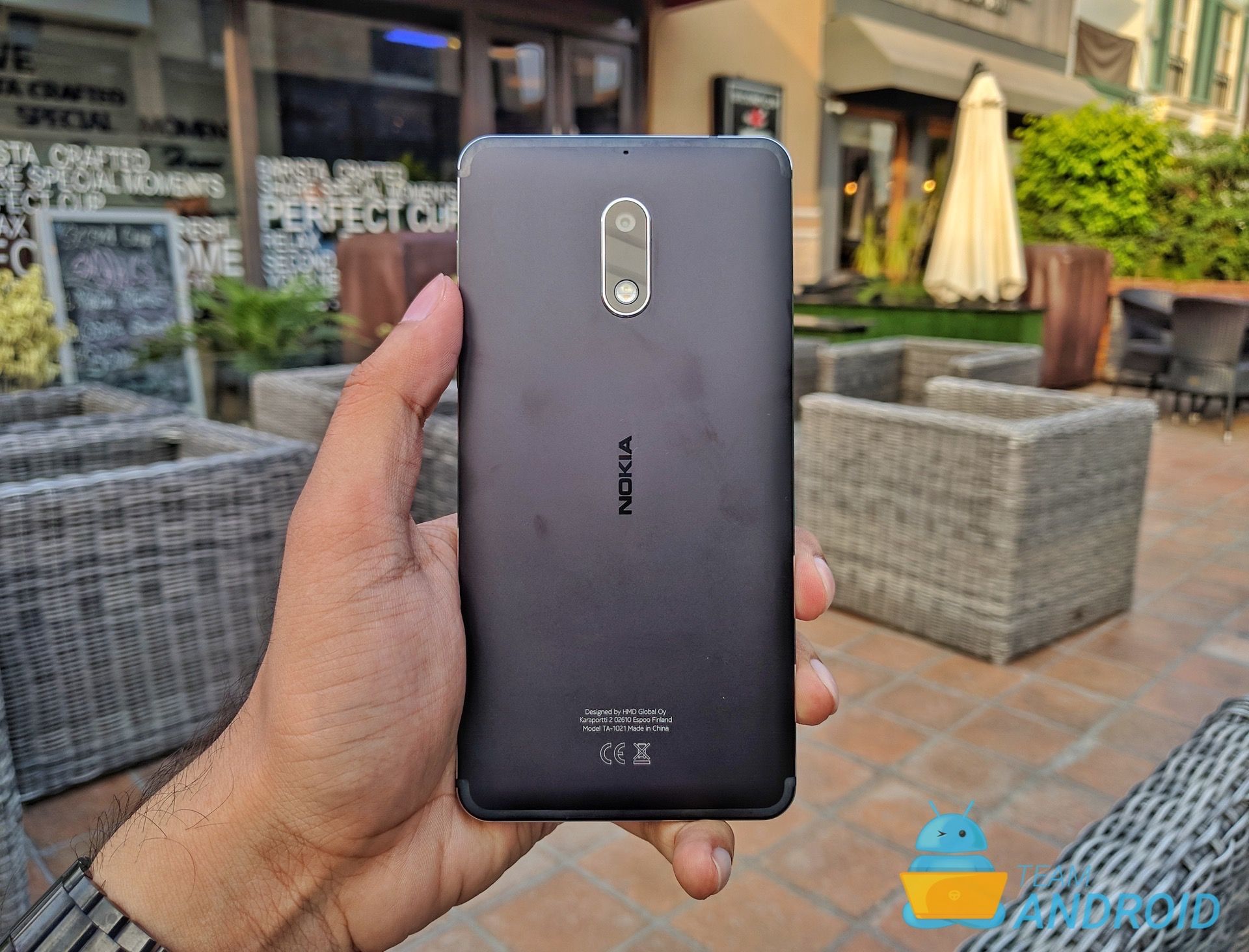
Straight off, as we described previously, the best thing about the Nokia 6 is the design and its material choices. With a glass screen on the front which curves at the edges to meet with the frame and a full metal piece surrounding the whole phone, budget seems quite and underwhelming word. The Nokia 6 is designed to capture the audience’s attention through its looks and the experience when you hold it. The design is angular rather than curved which is good to see these days.
Talking about the front section, the Nokia 6 houses a 1080p 5.5 inch IPS LCD panel. The colors of the display are quite good however, as it is an LCD, the blacks aren’t that much deep. You can calibrate the display properties in the settings. Sticking with an IPS panel in this budget is quite obvious but fortunately, the Nokia 6 carries a display which gets bright enough and still provides accurate colors. Right above the display is the front facing camera, which will discuss ahead, and also the standard sensors. Also, a Nokia logo is placed on the top-right side of the phone. The logo fits well with the phone’s sharp corners and adds another layer of design uniqueness. Below, you will find the important fingerprint sensor and the two flanking touch buttons. The fingerprint sensor area is cutout but it isn’t button. However, it performs the same functions as a normal home-screen button such as long-press etc. The fingerprint sensor itself is quite fast and accurate. There isn’t any delay and in my time of using the phone, I never faced a problem where it was unable to detect the correct fingerprint.
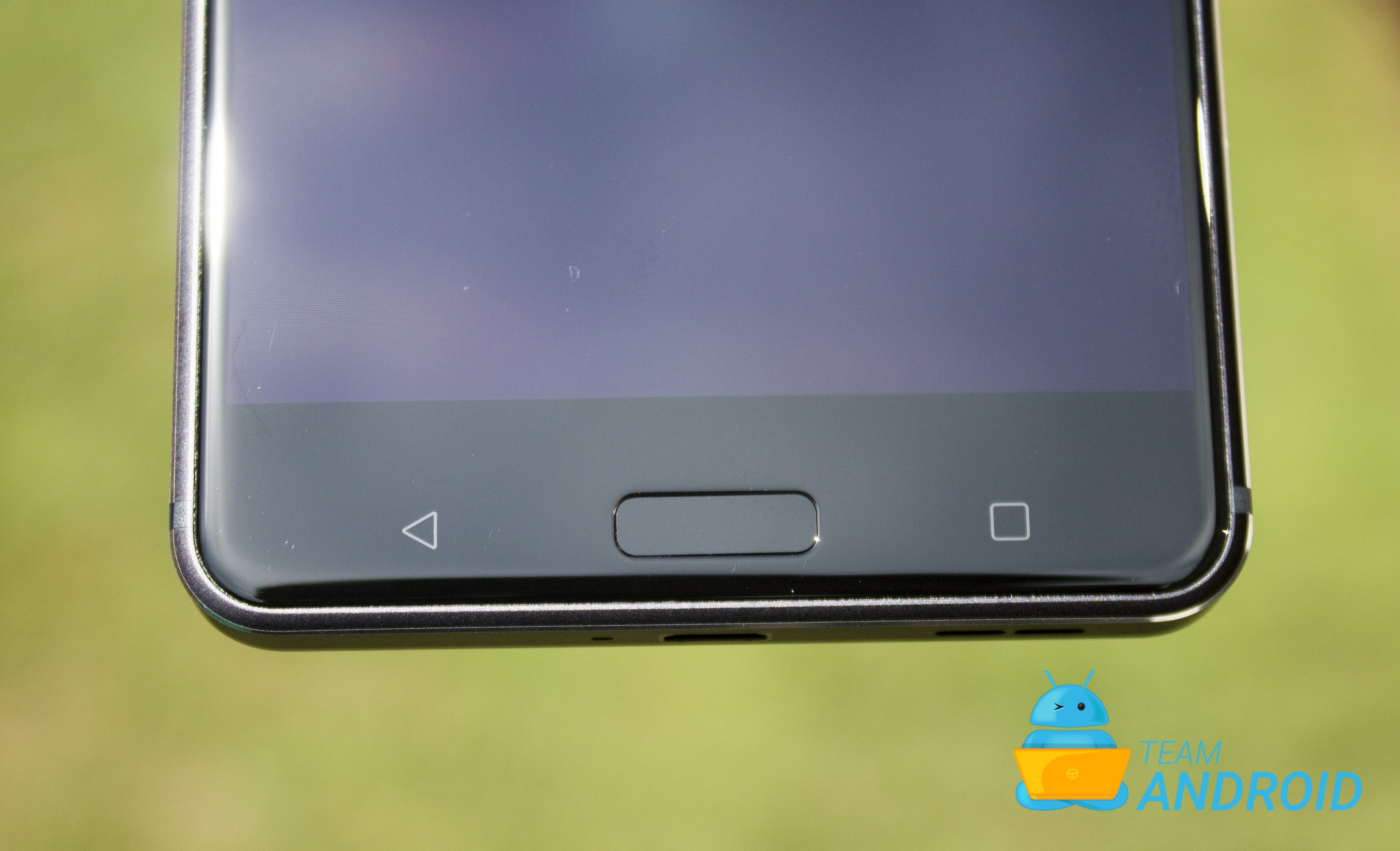
The left side is pretty blank and only carries the SIM and microSD card tray. This tray is a hybrid tray which can be used either for one SIM and one microSD card or two SIM cards. The Nokia 6 ships with 32GB standard storage. Moving to the opposite right side, you would see all the buttons here which include volume up, volume down and power button. The volume buttons are fixed into one elongated button which is somewhat confusing at first with the power button but you get used to quite quickly.
Nokia 6 features the microUSB port at the bottom for charging and also, Nokia advertises dual speakers. These dual speakers are found on the bottom right next to each other so they don’t technically act as a stereo speakers on each end of the device but Nokia also says they support Dolby Atmos. In our usage, the speakers were a little better than average smartphone ones at best. On the top end, there is, luckily, the 3.5mm jack for headphones.
Internals, the Nokia 6 features the Snapdragon 430 processor with 3GB RAM. Our unit was the normal black model but Nokia also produces Arte Black which features an extra gigabyte of RAM and 64GB of storage. The processor itself is a low-powered module, it can handle average tasks easily and thanks to the clean software, there is no lag in the UI but in heavy demanding tasks, it falls behind. At this price point, we think the 430 is adequate enough to cut it. The price reflects this and we don’t have anything to complain. You can see benchmark screenshots right below.
Nokia 6: Camera
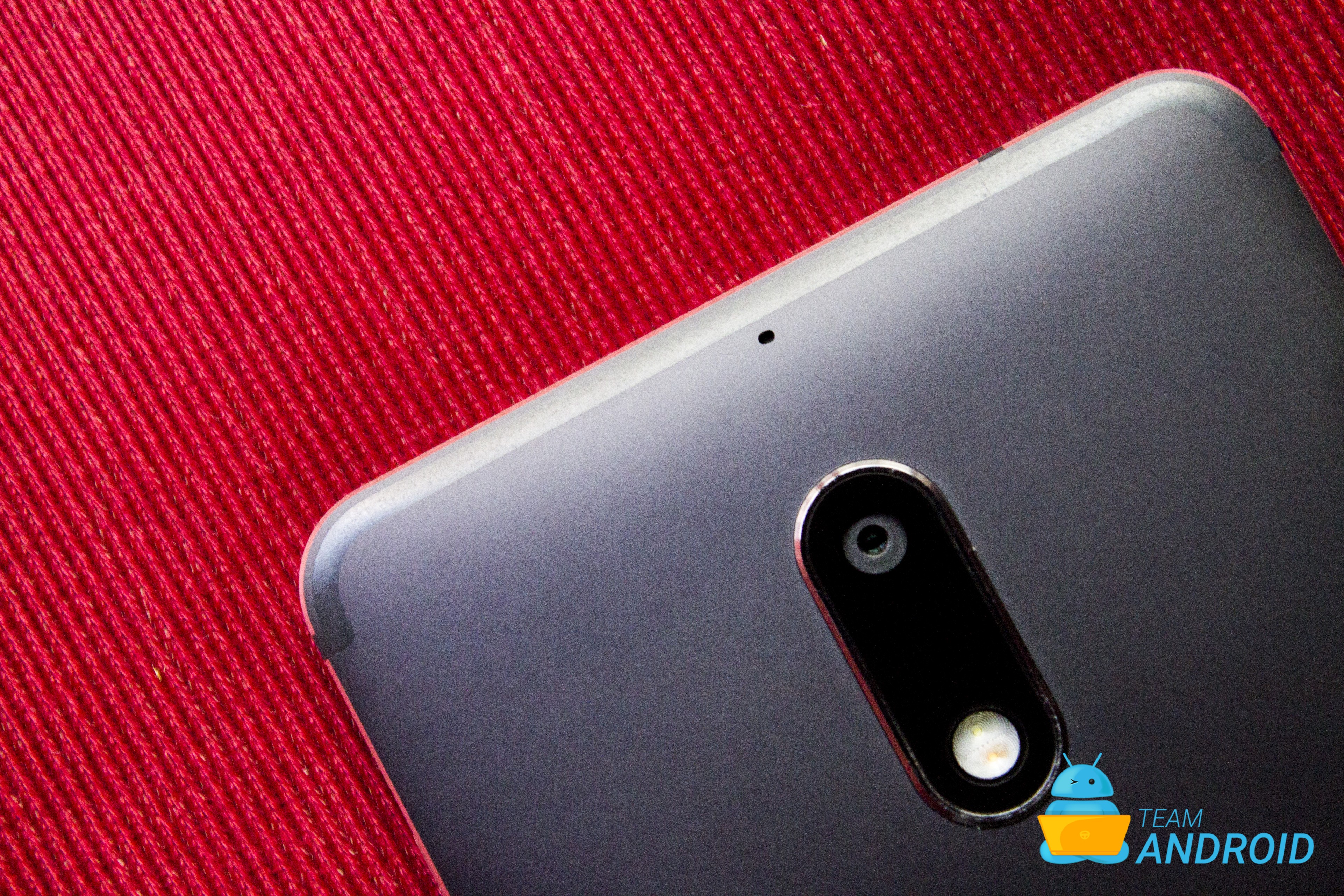
The camera modules start with 8MP on the front and 16MP as the primary back module. In budget phones, the cameras are the only thing which users are left craving for. Same is the case for the Nokia 6. The front camera is more than adequate and produces good quality video and photos. However, the back camera, despite the high megapixel count, is slightly slow focusing and has trouble getting the shots sharp in low-light conditions.
We managed to take out some good shots with good lighting but as shown in the pictures below, low-light is a big problem for the Nokia 6. If you do want good low-light shots, a stable hand or surface would improve the quality as the phone lacks Image Stabilization. Lastly, as with all budget phones, camera should be the least of your concerns as camera capabilities can be improved by a standalone camera but you can not apply that to the rest of the smartphone.
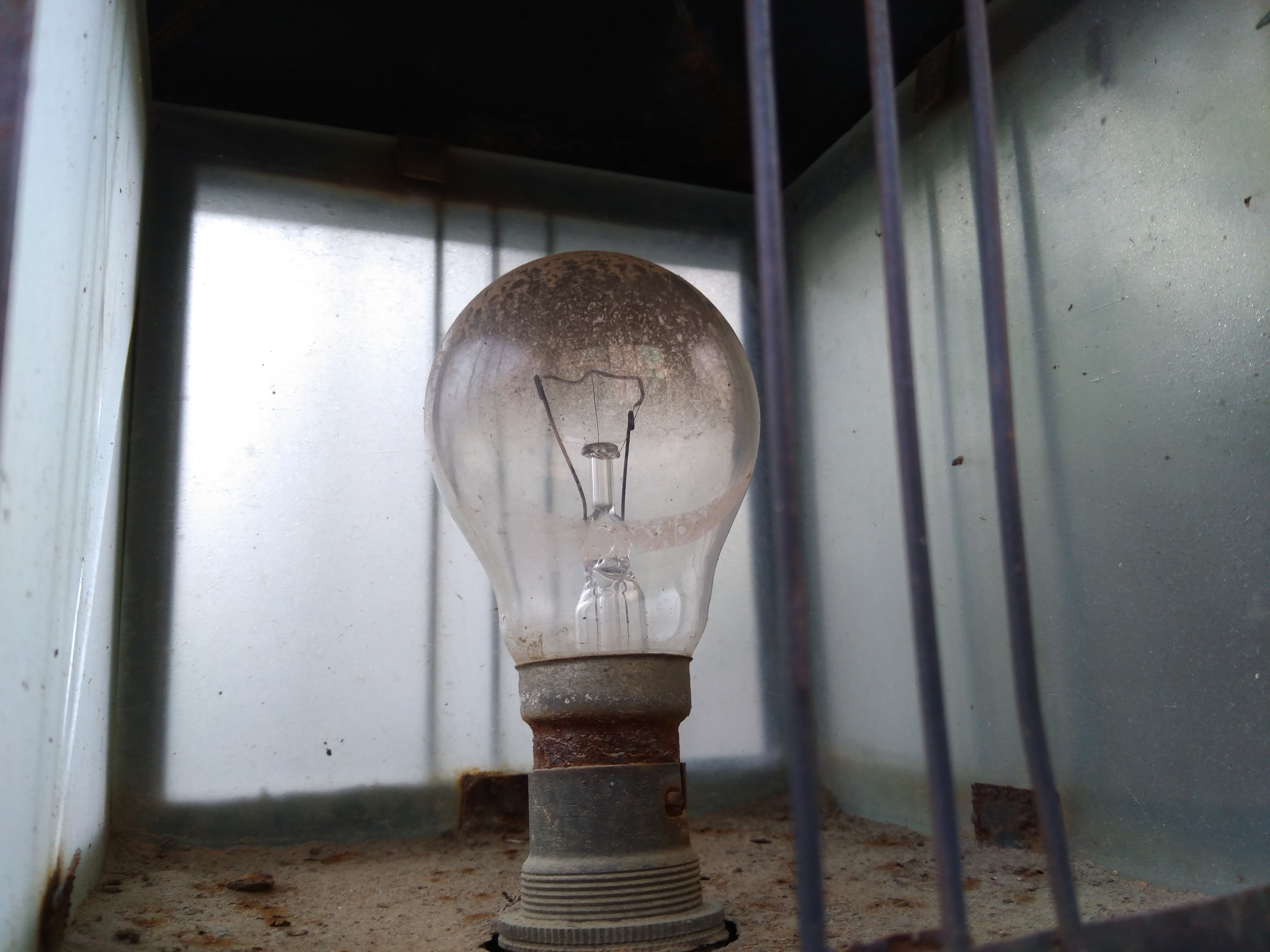
Nokia 6: Connectivity, Memory and Battery
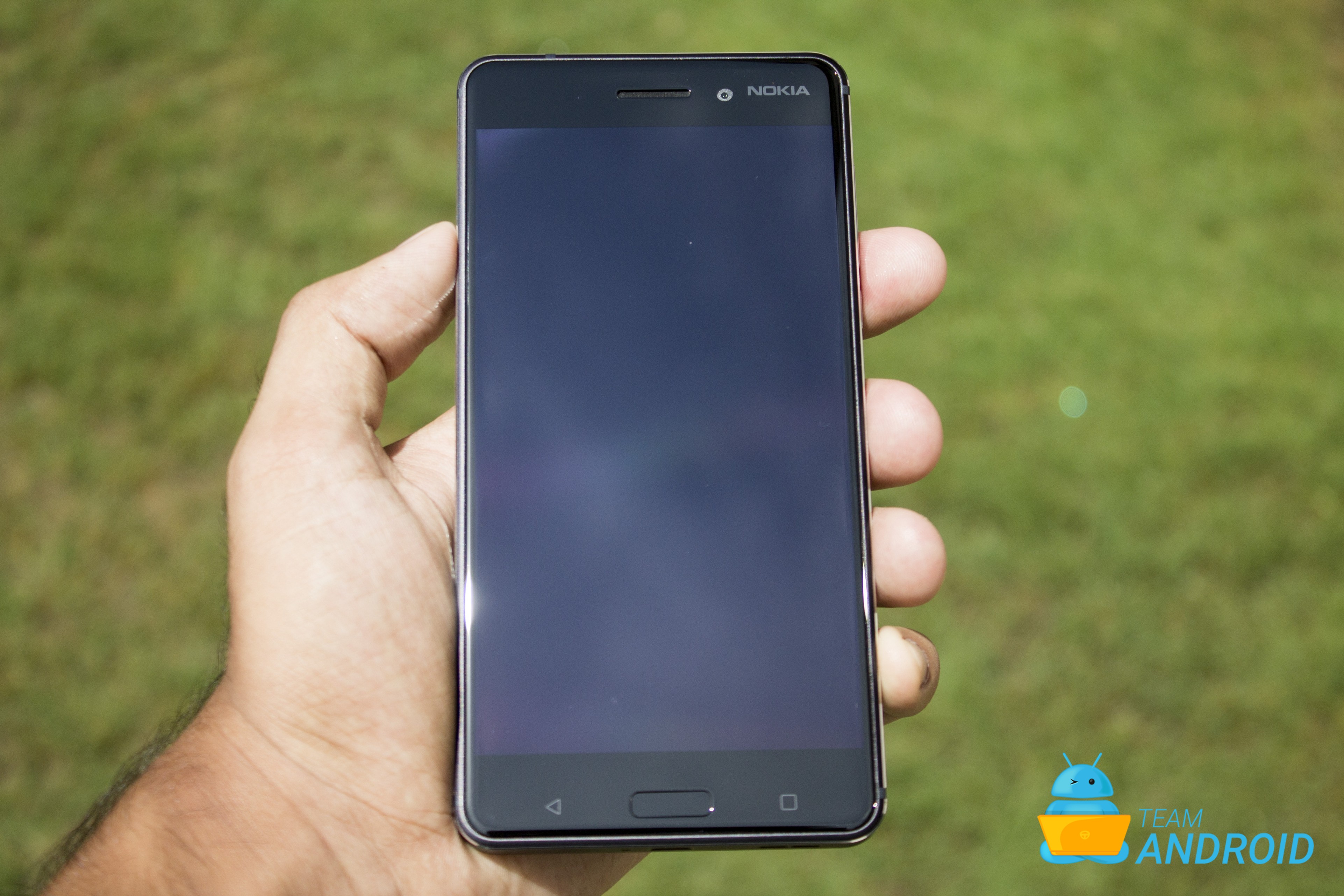
The Nokia 6 is a featured packed 2017 Android smartphone. And as the name suggests, there are some obvious features that many people don’t even look to them as features, they rather take them as obvious functionality. The Nokia 6 has 4G LTE capability with up to Cat 6 speeds (in some regions). The phone ships with 32GB internal storage which then can be expanded with microSD card slot. I would mention dual SIM capabilities as well but if you use a microSD card, that feature is no longer accessible. Further, there is a special variant which is called Arte Black. That variant features an additional 1GB of RAM and 64GB of storage and also, a gloss black finish.
As for the battery, Nokia 6 fares quite well. How? The answer is two part. First, the Operating System is quite clean, absolutely no bloat. This means, there is no extra burden on the limited hardware. Secondly, the battery capacity is quite generous 3,000 mAh. I use the word generous because of the sleekness that this device maintains while not sacrificing the battery capacity.
Nokia 6: Software
There is this single theme among all 2017 Nokia smartphones, that is, the software. The software is the key highight that HMD Global has perfected with the Nokia lineup. First thing they did right was they didn’t introduce their own skin that goes on top of Android stock UI. This has a lot of benefits. We touched on this in the battery section. If you see the performance and afterwards, look at the chip that is powering it all, many people will be surprised. Second, they didn’t include bloat. A lot of times, I have experienced slow boot times of brand new phones just because of the bloat they have. When you bundle in apps on top of the stock apps and then the user installs their own apps, the phone immediately slows down.
Nokia went with a very straight forward approach. They integrated the stock Android OS on their hardware. Third and last benefit they reaped, is the update system. When you are running stock UI, there isn’t that many things to adjust in order to implement latest Android OS source code on the device. This is quite evident with last few Nokia device updates. Nokia, a very small brand in terms of Android space, has kept their phones up to date, arguably, the most fastest even when compared to bigger brands and their much expensive flagships.
Default bundled Nokia 6 Apps:
- Wallpapers: Nokia has added a Wallpapers app which you can use to get perfect resolution wallpapers for your device. These get updated regularly giving you a wide variety of choices.
- Google Duo: Duo is Google’s video call solution. It is bundled stock with Nokia 3. You can configure it directly with your Google account. It will automatically sync your contacts and allow you to contact them through video call.
- Camera: The camera app is a modified version suited for the Nokia 3. It includes different modes along with HDR capability for even better shots through the lens.
- Google Keep: Google Keep is also pre-installed on the device. Keep is a note taking app which supports sync directly with your Google account. This works best when you have multiple devices or you want to view your notes directly on your computer.

